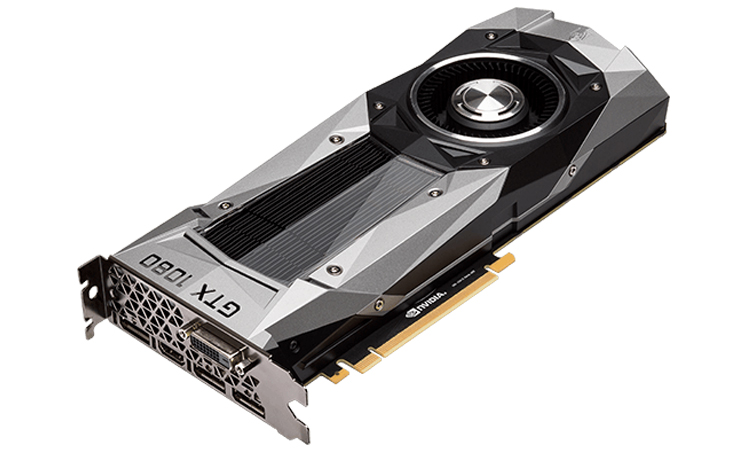Ray Tracing Coming to Non-RTX GPUs: 10-Series, 1660s Included
Nvidia announced that Ray tracing will soon no longer be limited to Nvidia’s RTX GPUs. In April, Nvidia will release a driver for the Nvidia GeForce GTX 1660 and 1660 Ti, as well as a number of its 10-series Pascal GPUs, that will allow for compatibility with DXR and ray tracing.
Of the Pascal-based GPUs, the driver will open up “basic” ray tracing effects using low ray counts to the GTX 1060 (6 GB), GTX 1070, GTX 1070 Ti, GTX 1080, GTX 1080 Ti, Titan X and Titan Xp, as well as any laptop and Max-Q variants.
On a call with reporters, Nvidia was coy about what exactly the GTX cards will be capable of. It was suggested that a game like Battlefield V, which uses ray tracing for reflections on only some surfaces, would run far better than Metro Exodus, which utilizes a heavier workload to generate global illumination effects. It did suggest that lower-level DXR presets would play better with GTX, while RTX would be necessary for higher presets.
Like RTX cards, Nvidia reps suggested there will be a performance hit when DXR effects are turned on while using GTX cards. The company didn’t have any specific numbers, suggesting it would differ depending on the game and effects used. We plan to run tests once the drivers drop.
Nvidia added that opening up ray tracing to these cards was always the plan and that the company’s main goal has been to spread ray tracing to as wide an audience as possible. It’s unclear if this is at all a response to the RTX line up’s high pricing and the response in the marketplace.
On a technical level, that’s not entirely surprising. DXR support is built into Windows and ties into DX12. It’s not tied directly to the RT cores in Nvidia’s graphics cards. Opening up DXR support to older GPUs simply provides support that should, in theory, already exist. Nvidia said it will be opening up ray tracing support in Vulkan, too.
Not all of the RTX series’ special sauce is spilling over to the GTX line with the April driver. DLSS, for example, is still locked to those cards because they require Nvidia’s Tensor cores.
Get Tom's Hardware's best news and in-depth reviews, straight to your inbox.
For developers, Nvidia says this will allow games to scale further. And for gamers, this means, if you’re willing to give up some performance, you’ll be able to get ray tracing effects on older hardware, should you so choose.
Nvidia also announced that DXR is coming to the Unreal Engine and Unity, two of the biggest engines out there, allowing many studios to get easier access to ray tracing effects.

Andrew E. Freedman is a senior editor at Tom's Hardware focusing on laptops, desktops and gaming. He also keeps up with the latest news. A lover of all things gaming and tech, his previous work has shown up in Tom's Guide, Laptop Mag, Kotaku, PCMag and Complex, among others. Follow him on Threads @FreedmanAE and BlueSky @andrewfreedman.net. You can send him tips on Signal: andrewfreedman.01
